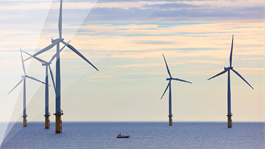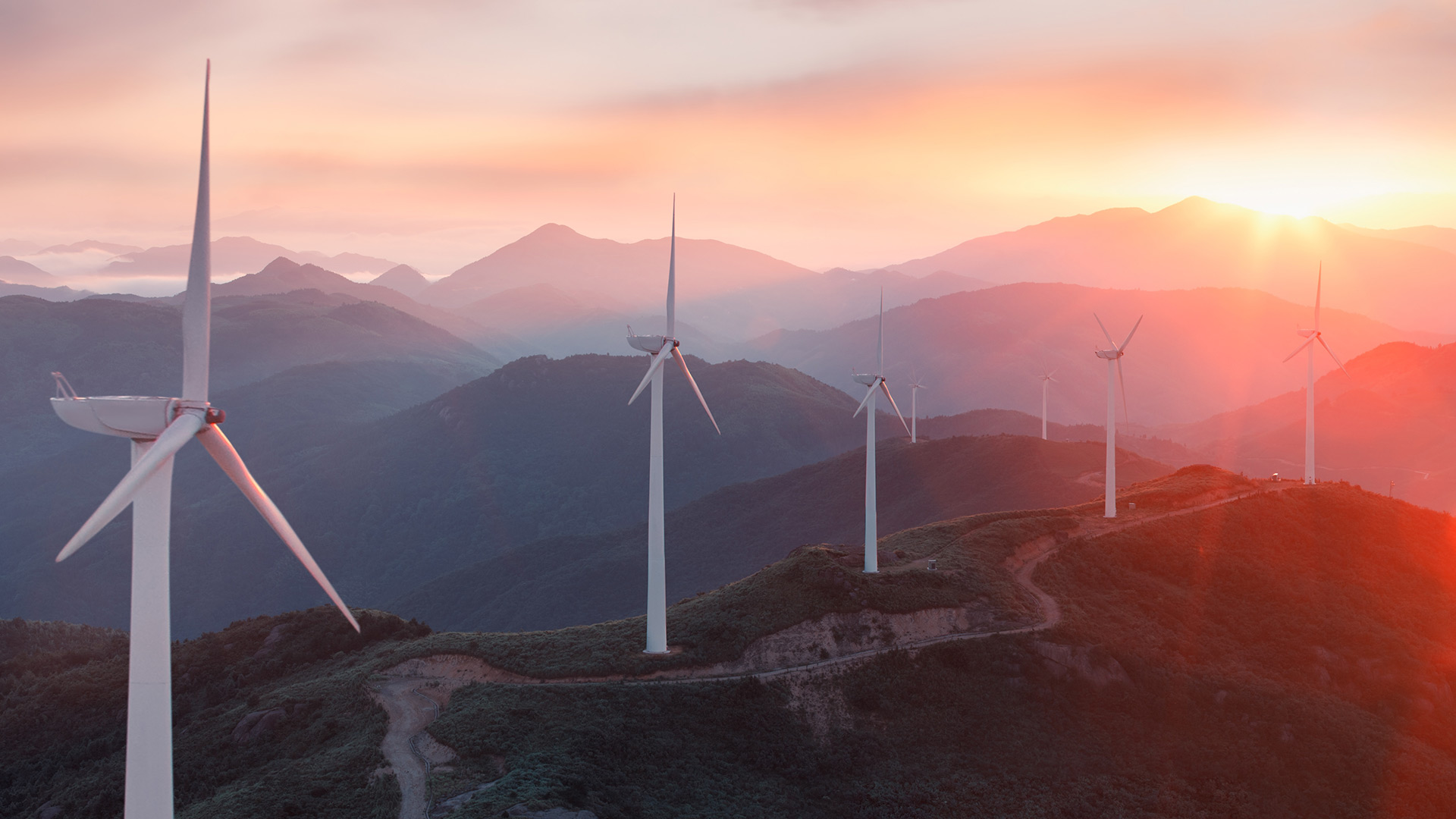On March 14, the BC government revamped its framework for proposed LNG facilities in the province. Under this new framework, proposed LNG facilities (i.e., those currently in or entering the provincial environmental assessment process) must pass an emissions test and must have a “credible plan” to reach net-zero emissions by 2030. This framework makes the province’s LNG policy consistent with targets established as part of its CleanBC “Roadmap to 2030,” which calls for new industrial operations to be “net-zero ready” by 2050 and to align with interim 2030 and 2040 targets.
The details of the new framework are scarce at this time, but proponents with projects currently in the environmental assessment stage, or those considering entering it, will face additional regulatory requirements – the details of which (e.g., standards for emissions testing, what constitutes a “credible plan,” etc.) remain to be seen. The province’s messaging suggests it will not be imposing additional requirements on existing LNG facilities, so there should not be changes for facilities with environmental assessment certificates.
Cedar LNG gets go-ahead
Once such project, the Cedar LNG project in Kitimat, received its certificate from the province earlier in the day on March 14, with federal approval following on March 15. This project, proposed by the Haisla Nation in partnership with Pembina Pipeline Corporation, will be the first Indigenous majority-owned LNG export facility in the country, as well as the largest First Nation majority-owned infrastructure project in Canada. It includes the construction and operation of an electrified floating LNG facility and marine export terminal on Haisla Nation-owned lands, and is “proposed to be one of the lowest-emitting facilities in the world.”
Though Cedar LNG is not bound by the requirement to achieve net zero by 2030, and even though its environmental assessment application reflected an intention to be net zero by 2050, the province and Haisla Nation have nonetheless agreed to work together voluntarily towards near-net-zero emissions by 2030. Even if not net zero itself, the project could support broader decarbonization objectives, given, as the British Columbia Environmental Assessment Office recognized, the project “could have a positive impact on GHG emissions globally, if the importing countries were to use the natural gas as a replacement for coal in power production.”
Other measures
The province’s new LNG framework is part of a broader suite of measures designed to help it attain its CleanBC objectives: the province also announced an emissions cap for the oil and gas industry, a clean energy and major projects office to fast track investment in clean energy and technology, and a BC Hydro task force to accelerate electrification. How these programs will be operationalized also remains to be seen.






